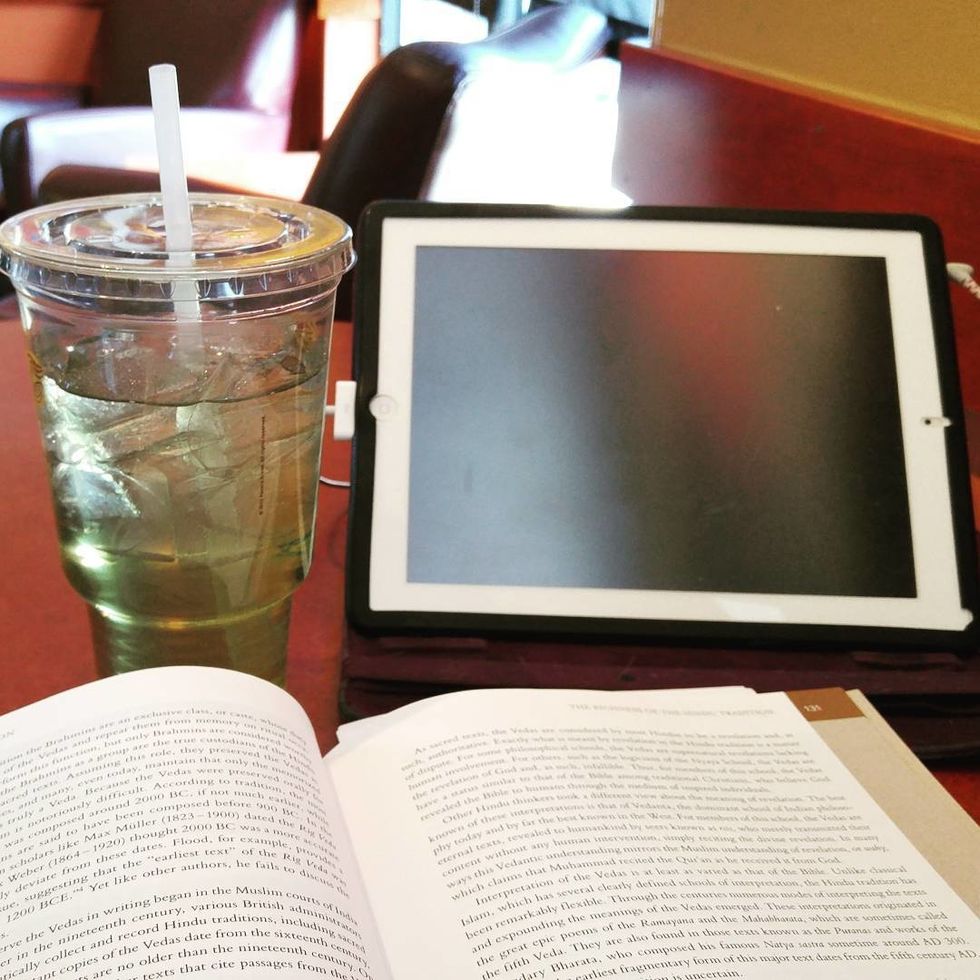I would like to propose a cinematic edition of Truman Capote's story "Breakfast at Tiffany's" which I aptly would like to call "Cross My Heart and Kiss My Elbow." The title is a quote from the film, where Holly Golightly, the main character, states: "I don't know that I should even discuss it. But, well, he never told me not to tell anyone. Cross your heart and kiss your elbow."
This idea would combine the work as well as the film adaptation that was directed by Blake Edwards in 1961. I want it to be a digital edition of the work that will include excerpts from the film script and compare the plot, dialogue, and differences between the editions of the book and the film, as well as suggestions for a more "modern edition". I do want the modern suggestions in the pages because I want to highlight the relevance of the story itself through time that the novel was written until now, as well as simplify some of the slang that was used in the '50s and the grandiose way that Holly Golightly speaks.
I also think that there are certain things that could be simplified for the audience, whether they be students reading the book in a school setting or a reader who simply loves Capote or the book just happens to catch their interest. For example, Holly uses some French phrases throughout the novella and the film, so that is something that I would want in with any collation notes or suggestions for modernization.
This edition is important because there are many lessons that can be learned from Holly Golightly and her story. I think that my edition will be able to help make those messages clear, as well as bring together editions and the film in a way that generations will be able to enjoy. Because I want to encapsulate things from the film, and photographs from the biographies on Audrey that I found.
To accomplish this edition, in addition to the excerpts from the script, I plan to include stills from the film, as well as any cast interviews. In the layout of the original publication, there were cartoons inserted in the bottom corners of the page, so I would like to put the film stills in the same areas for the edition. The quotes from the film I want in footnotes, because it will help aid the reader in examining the differences between the movie and the book. I think that this will be able to help further point out editorial choices and liberties that the editors and filmmakers have made over the course of time. Any suggestions for modernization will be along with the quotes from the film, that way everything is together and concise. In particular, scenes that the film has done well, I want to have them hyperlinked in the text, so readers after getting through the reading of scene can see it acted out and contextualized in a different way. There are also lines from the book that were kept for the film that I particularly wanted to note and link as well.
In terms of typography on the title page and table of contents, I feel using the same or a similar font of the Tiffany&Co logo would be a good choice. It encapsulates the quote from the film where Holly states: "Well when I get it the only thing that does any good is to jump in a cab and go to Tiffany's. Calms me down right away. The quietness and the proud look of it; nothing very bad could happen to you there. If I could find a real-life place that'd make me feel like Tiffany's, then-then I'd buy some furniture and give the cat a name!", as well as the title of both the film and the novella. I want the text to look as authentic and as close to the layout in
Esquire as possible, which will help with the aforementioned film stills and the placement of them.
For the apparatus, I want to, as I have mentioned, provide stills from the film and hyperlink scenes from the film that way readers can see the scenes from the book acted out. For the stills, I want to have screenshots from the movie. One of the most important skills to include is the iconic scene where Holly exits her cab and stares longingly at the closed Tiffany store. In the scenes, hyperlinks to the scenes on YouTube I want to be included at the ends of the relevant paragraphs. For example, the ending scene I want to be linked, that way once the reader finishes the book, they can compare the endings for themselves.





















